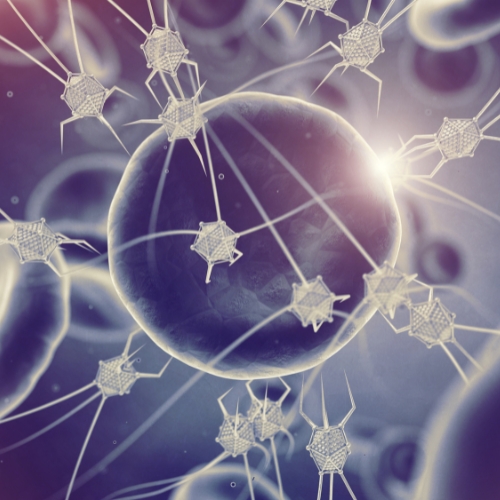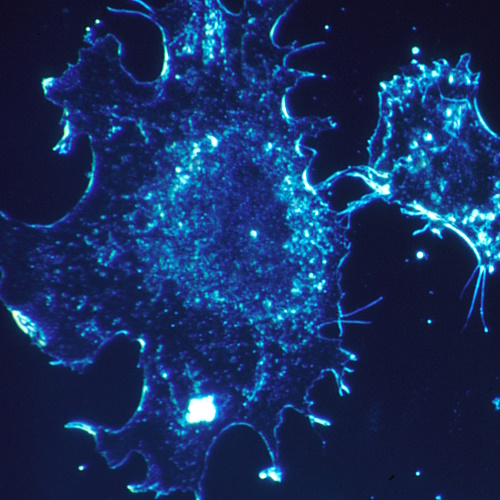Key points from article :
DNA-based nanorobot consists of two parts: a detection one and a therapeutic one.
Experiments, carried out in chemically created environments using the KRAS gene.
Nanorobot was able to detect a pathogenic RNA strand and destroy it.
Tests on living cells then animals, to come next.
Laboratories solving problem on nanorobot drug delivery to afffected cells.
Significant advantage of the newly proposed concept is its price (just ~15-25 USD).
Scientists have high hopes for gene therapy to combat cell mutations.
Research by team from ITMO University, published in Chemistry—A European Journal.




